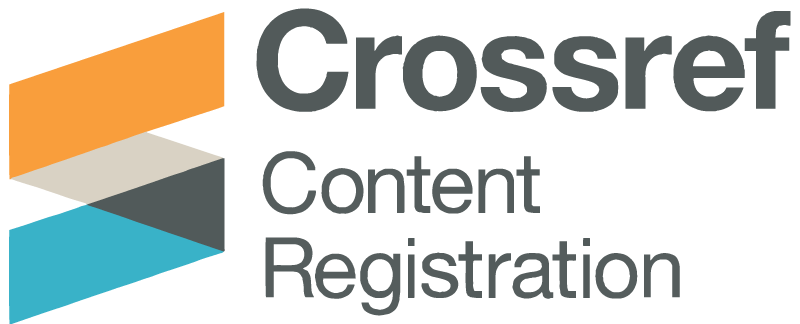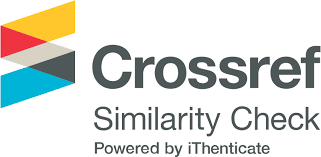Model Predictive Control for Optimized Energy Exchange Between Model Predictive Control for Optimized Energy Transfer Between Two Renewable Energy Producers and Consumers
DOI:
https://doi.org/10.64516/6fsz9h30Keywords:
Renewable Energy, model predictive control (MPC), The two prosumersAbstract
This study investigates optimizing energy exchanges between two prosumers—entities that both produce and consume energy—equipped with renewable energy sources, loads, and storage. Leveraging a Model Predictive Control (MPC) framework, the system balances energy production and consumption, reducing dependency on the grid while promoting higher renewable energy utilization. The MPC method integrates future forecasts of renewable supply and demand, enabling real-time, proactive management of energy flows and promoting efficient usage of available resources. At each control interval, the MPC evaluates data and forecasts to optimize energy dispatch between renewable sources, batteries, and loads, as well as manage surplus energy exchanges between prosumers, reducing waste and increasing efficiency. This coordination led to an increase in renewable penetration from 71% to 84% in simulations, demonstrating the advantages of prosumer cooperation in meeting variable energy demands. The framework’s flexibility also enables response to renewable variability, such as solar intermittency, and can be expanded to include larger prosumer networks or additional storage, enhancing grid resilience. Ultimately, this research underscores MPC's potential in fostering efficient, sustainable, and flexible distributed energy systems by optimizing energy exchanges, increasing renewable penetration, and reducing grid dependency. Flexibly to the variability of renewable energy sources. This can be particularly beneficial in scenarios where renewable generation is intermittent, such as with solar panels during cloudy periods or wind turbines during calm weather. Moreover, the MPC-based control system could easily be expanded to accommodate a larger network of prosumers or additional energy storage solutions, further enhancing the grid’s resilience and renewable energy utilization. In summary, this research highlights the potential of MPC-based control systems for optimizing energy exchanges between prosumers, improving renewable energy penetration, and reducing dependence on conventional grid power. By coordinating renewable energy flows and energy storage usage, this approach paves the way for more efficient, sustainable, and flexible distributed energy systems in the future
References
1. Consortium and E. Restructuring, "Introduction to distributed generation," 2007. [Online]. Available: http://www.dg.history.vt.edu/ch1/introduction.html. Accessed: Jan. 13, 2016.
2. D. Crawley, S. Pless, and P. Torcellini, "Getting to net Zero,"2009.[Online].Available:http://www.nrel.gov/docs/fy09osti/46382.pdf. Accessed: Feb. 24, 2016.
3. I. Aldaouab, M. Daniels “Microgrid Battery and Thermal Storage for Improved Renewable Penetration and Curtailment,” IEEE International Energy & Sustainability Conference (IESC), 2017.
4. "2.8.2 NEU tufts RPI,". [Online]. Available: https://gcep.stanford.edu/pdfs/techreports2014/2.8.2_NEU_Tufts_RPI.pdf. Accessed: Jan. 20, 2016.
6. J. M. Carrasco et al., "Power-electronic systems for the grid integration of renewable energy sources: A survey," IEEE Transactions on Industrial Electronics, vol. 53, no. 4, pp. 1002–1016, Jun. 2006.
7. G. O’Brien and R. Rajagopal, "Scheduling non-preemptive Deferrable loads," IEEE Transactions on Power Systems, vol. 31, no. 2, pp. 835–845, Mar. 2016.
8. L. Liu, X. Meng, and C. Liu, "A review of maximum power point tracking methods of PV power system at uniform and partial shading," Renewable and Sustainable Energy Reviews, vol. 53, pp. 1500–1507, Jan. 2016.
9. B. Ould Bilal, V. Sambou, P. A. Ndiaye, C. M. F. Kébé, and M. Ndongo, "Optimal design of a hybrid solar–wind-battery system using the minimization of the annualized cost system and the minimization of the loss of power supply probability (LPSP)," Renewable Energy, vol. 35, no. 10, pp. 2388–2390, Oct. 2010.
10. J. Sachs and O. Sawodny, "A Two-Stage model predictive control strategy for economic Diesel-PV-Battery Island Microgrid operation in rural areas," IEEE Transactions on Sustainable Energy, vol. 7, no. 3, pp. 903–913, Jul. 2016.
11. Z. Xu, R. Diao, S. Lu, J. Lian, and Y. Zhang, "Modeling of electric water heaters for demand response: A baseline PDE model," IEEE Transactions on Smart Grid, vol. 5, no. 5, pp. 2203–2210, Sep. 2014.
12. I. Aldaouab, M. Daniels, and K. Hallinan, “Microgrid cost optimization for a mixed-use building,” 2017 IEEE Texas Power and Energy Conference (TPEC), 2017.
I. Aldaouab, M. Daniels, “Renewable Energy Dispatch Control Algorithms for a Mixed-
Downloads
Published
Issue
Section
License
Copyright (c) 2025 Ibrahim Aldaouab, Ahmad B.G. Abdalla, Saadia K Mousa (Author)

This work is licensed under a Creative Commons Attribution 4.0 International License.













